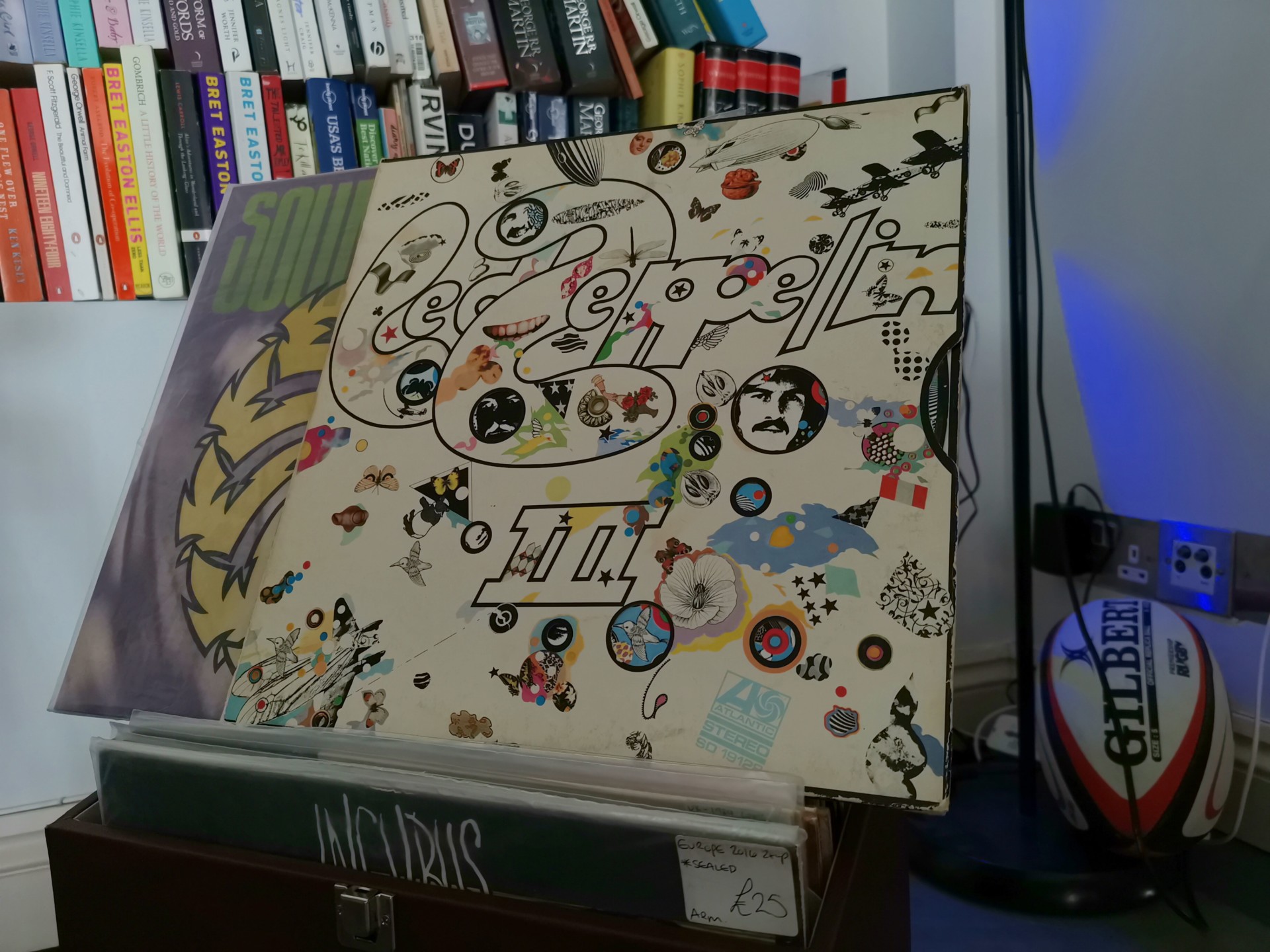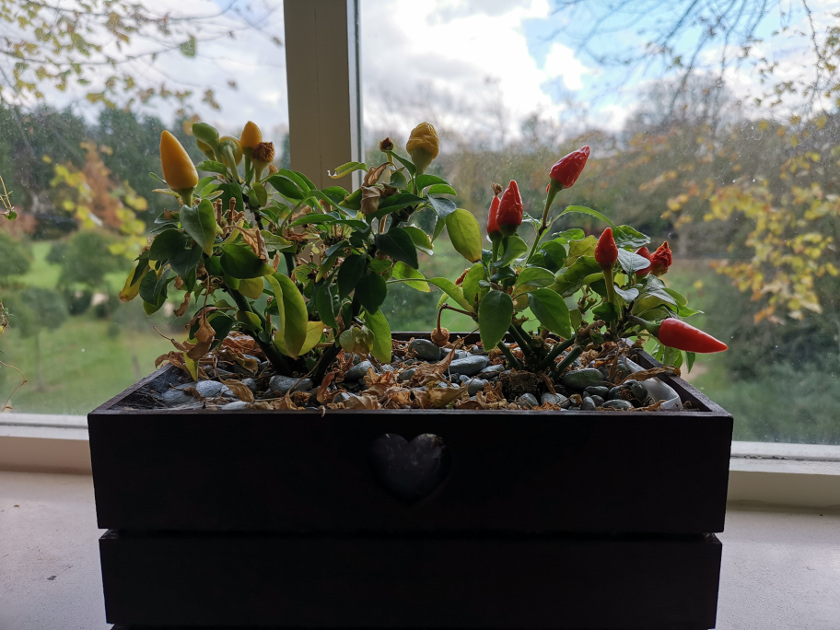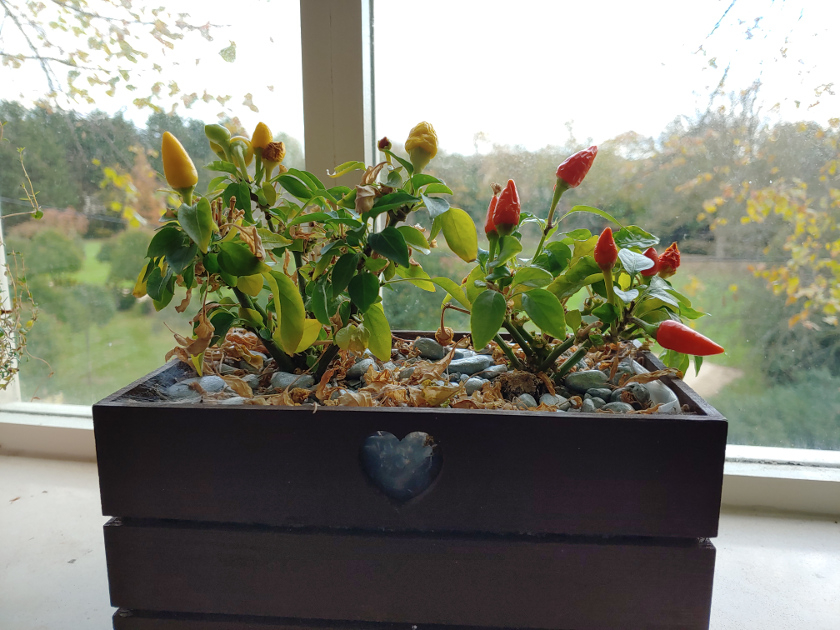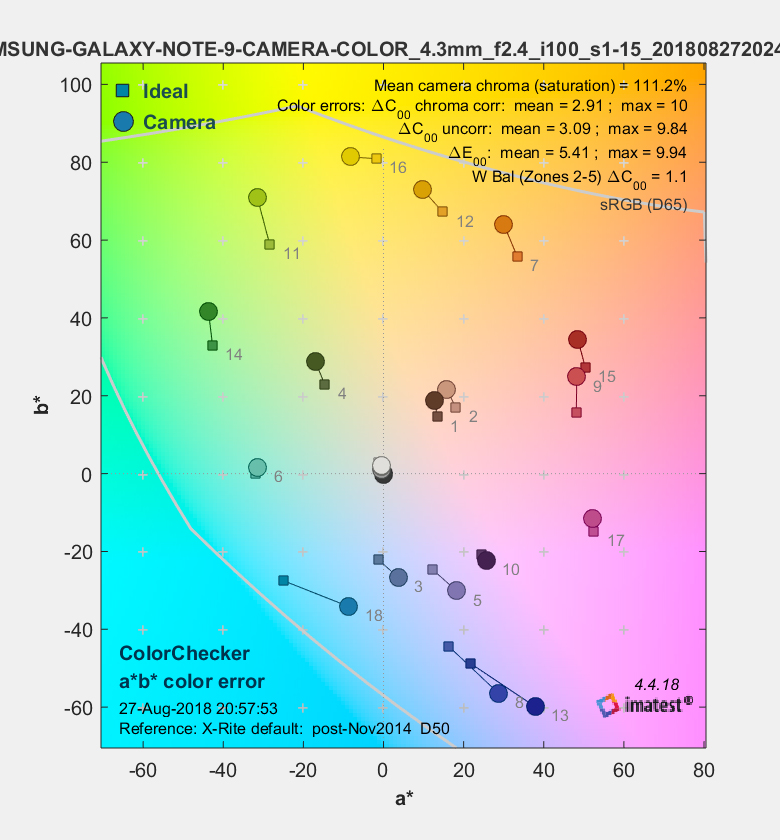The year of AI in-camera processing has led to some really cool developments in mobile photography, and the future is looking bright for diffraction-limited systems.
This year more than ever, it’s harder to do camera assessments justice.
Even after destroying point-and-shoot cameras, smartphones are having another “brownie camera” moment — even a novice can start to approach results they actually want with just their non-professional camera. If you want a refresher on how smartphone cameras work, you can take a few minutes to let Gary explain it to you.
We’re awarding two phones this year: one for traditional camera accuracy, and the other for computational photography.
This year, we’re awarding two phones for their camera modules. One award goes to the most accurate camera in a traditional sense and the other to the phone that makes the most of computational photography. Hardware isn’t everything, and that’s never been more apparent than it is now. More and more, it’s the software that matters in mobile photography, and this may be the last year a traditional camera stands on its own in our awards.
Computational photography marks a seismic shift in photography
Take it from someone who has worked in photography his entire life — from the one-hour photo developing the film of endless disposable cameras to shooting professionally — there’s a very strict process that pro photos go through.
First, the photographer picks the scene, choosing the lighting and other elements needed to get the scene just right.
Then they determine the proper shutter speed, aperture, and ISO settings, and finally, shoot.
After the shooting is done, the raw shots are taken back to the computer, and the image is adjusted until it becomes the vivid masterpiece of imagery that is your photo.
Only then is the photo published, shared, or sold.
For a long time, cameras haven’t been able to take care of that third step for their users. It takes a trained eye, lots of skill, and patience — something most people aren’t willing to pour into every selfie, quick snap, or cat pic. Because of that, cameras will target a different philosophy of what’s “good” based on who’s shooting. High-end DSLRs and mirrorless cameras will shoot for accuracy above all else because the photos they produce are designed to be edited. Point-and-shoots tend to enhance edges with software oversharpening and make certain colors pop through oversaturation. Technically it’s a worse image, but more people enjoy it because it offers a bright and vibrant result without any editing.
Once photo apps like Instagram hit the scene, the focus on raw accuracy took a backseat to the wonder of exploration and filters. It was a perfect middle ground between no processing at all, and someone using something like Lightroom for the first time. Because platforms like this took off, a greater demand for more flexible cameras came about, bringing us to today. Everyone wants a camera that works without putting too much thought into it, and now we can let computers do the heavy lifting for us (most of the time).
Cameras with machine learning and computational photography now seek to replace that final step of image production, and while it’s still in its infancy, the results are promising. While technically-capable smartphone cameras still have their place, you may see their popularity dwindle in favor of the AI camera, just like digital ate film cameras, and so on. Because of that, we awarded two camera units this year, one adhering to each philosophy.
The Samsung Galaxy Note 9 has the best camera technology, but you probably want our other winner
For those pixel peepers among you, the Samsung Galaxy Note 9 is going to satisfy your image quality demands better than any phone out there. However, the way we judged this held a similar philosophy to the DSLR-owners mentioned in the first part of this article. If you don’t want to edit your photos, this isn’t the camera module for you. This camera’s manual mode outputs still you should absolutely play within Lightroom CC, Instagram, or Snapseed if you want a more “fun” result.
Our winners, both the Samsung Galaxy Note 9 and Google Pixel 3 offer a lot for camera enthusiasts.
As we noted in our deep dive review, a big part of the Samsung Galaxy Note 9’s technical accuracy comes as a tradeoff. It uses a very aggressive noise reduction algorithm, coupled with a healthy amount of software oversharpening to maintain detail. In low light, you may notice this makes gradients and shadows look a little too uniform, or some patches of color a little blotchy. However, with the death of the Galaxy Zoom and Panasonic CM1 smartphones of yesteryear, very few smartphones exist with the hardware to defeat this necessity.
The Samsung Galaxy Note 9 is a bit of an oddity. It doesn’t eclipse other phones in certain measurements, it just gets closest to the mark in most of them. The fact of the matter is we’re reaching the limit in what we can do with teeny tiny camera modules that shouldn’t even work in the first place. That they’re able to do what they do is nothing short of an engineering miracle.
Like most higher-end cameras, pictures will look a little flat straight out of the Note 9 camera without applying any sort of creative filter or processing. That’s by design. A “flatter” image is easier to edit without as much noise. However, it’s exactly because of this that I think you’ll like our other winner better.
The Google Pixel 3 is the king of computational photography
Even if the objective measurements don’t strictly bear it out, the Google Pixel 3 offers the best camera overall due to the fact that it’s so much more flexible than a traditional camera unit. Gun to my head, if I had to pick the camera module that works for the most people this year, it’d be the Google Pixel 3 and Pixel 3 XL. It’s not even close. Of course, this result relies on both the objective and subjective aspects of our camera testing: how good the photos are and how good they look.
As someone whose first camera was a clunky Soviet-made Zenit SLR, I worry smartphones making decisions for shooters will lead to some issues with post-processing creativity. However, I’ve been wrong every time something new has come around to help out your average shooter. At this point, I’m going to embrace our robot overlords. The average photo out of the Pixel 3 is outstanding and features like Night Sight are incredible, affording Joe and Jane Everydude the ability to up their photo game significantly in ways that weren’t available before.
Night Sight is incredible
While it’s not quite a full-color version of night-vision, Google’s Night Sight has to be seen to be believed. For reference, here are a few examples of photos taken without the feature enabled, and then toggled, by our own Rob Triggs and Justin Duino.
There’s a lot of missing detail and some noise in these shots, that much is for certain. However, if you share these photos on Facebook or Instagram, they’ll be compressed down like crazy anyway. Most people won’t notice the flaws unless they really, really look. Huawei has a similar competing mode, and it gives very decent results as well.
 Huawei Mate 20 Pro Night mode OFF Huawei Mate 20 Pro Night mode ON Simulated bokeh still needs work, but it’s getting there
Huawei Mate 20 Pro Night mode OFF Huawei Mate 20 Pro Night mode ON Simulated bokeh still needs work, but it’s getting there
Until smartphones get depth-mapping capabilities that exceed what the iPhone can do, simulated bokeh will struggle. However, the Google Pixel 3’s mode stands above its competitors quite considerably, as Rob Triggs pointed out in his recent AI camera piece. None of the competing models truly do bokeh justice, but over time I expect this to change. There are too many potential data processing methods at our disposal not to be used by the most powerful pocket computers ever. Even Google’s simulated bokeh mode wasn’t all that great a year ago — creating weird artifacts, deleting glass, and more — but it has come a long way.
 Huawei Mate 20 Pro Bokeh ON Huawei Mate 20 Pro Bokeh OFF
Huawei Mate 20 Pro Bokeh ON Huawei Mate 20 Pro Bokeh OFF LG V40 Bokeh ON LG V40 Bokeh OFF Other modes are still developing, but they’ll get more diverse over time
LG V40 Bokeh ON LG V40 Bokeh OFF Other modes are still developing, but they’ll get more diverse over time
Possibly the best part of adding machine learning to cameras is that new modes are only limited by how long they take to develop. More and more edge cases could be added to the software of these cameras, making regular updates and access to the latest versions essential. In that light, Google gives its hardware a massive advantage over other competing models. It sucks to have to make a call like that, but I can’t see the future any better than anyone else can. If past history is any indicator though, you’ll want to stick with Google in this department.
Features like Night Sight are incredible, and while they'll never replace professional edits, they afford Joe and Jane Everydude the ability to up their photo game significantly in ways that weren't available before
It’s the software that takes the most fuss away from the shooter, and nobody currently does that better than Google. It’s possible that someone else may be able to step in at a future date and beat them at this, but it doesn’t seem likely.
The Pixel 3’s raw performance isn’t far behind the Samsung Galaxy Note 9 or iPhones
Here’s the sticky bit. Most cameras in phones do a decent job with imagery to the point where the differences tend to primarily show up in low light. Because the Pixel 3 uses its software strengths so advantageously, it’s the better camera module for several reasons — even if it falls a little short when you’re looking at just the numbers. For this category, there’s a reason why we don’t look at only the math here at Android Authority, and it’s why we recommend the Pixel 3 to shutterbugs: photography isn’t a purely objective pursuit. I’ll demonstrate using the iPhone camera as another reference point. Many consider it to be one of the gold standards in mobile photography, so when I show you its test results, please keep that in mind.
Average still sharpness
Higher is Better
Data gathered with Imatest.
Sharpness is extremely important, but you reach the land of diminishing returns after about 2000lw/ph. Some of that has to do with the limited sensor size, but a lot of it has to do with the resolution of the sensor itself. Additionally, the Samsung Galaxy Note 9 gets its insanely high result with the help of software oversharpening. Both the Google Pixel 3 and the Samsung Galaxy Note 9 offer top-notch 4K video, though your results may vary, as these tests were performed in ideal conditions.
Software oversharpening
Lower is Better
Noise reduction is the bane of many smartphones, and you can see where phones get a little aggressive with it. Many camera units elect to leave an acceptable amount of noise in their shots to preserve detail because few people will notice levels under 2 percent. Samsung and Apple go a little crazy here, but at least there won’t be junk data in your shots.
Camera noise, daylight
Lower is Better
Data gathered with Imatest.
Phones nudge colors every which way, but on the whole, accuracy isn’t as important to the iPhone and Pixel 3. While the raw numbers suggest the Pixel 3 oversaturates shots to the extreme, it does so in a similar way to the Samsung Galaxy Note 9. You’ll notice the Pixel 3’s images “pop” a little more, though — specifically shots with water in them.

Samsung’s default color profile is very accurate, but not as saturated as people might expect.
Accuracy isn’t always what people think looks best, so the Pixel 3 is better for social media shares than the Samsung Galaxy Note 9.
Data gathered with Imatest.
While both our award winners took different philosophies to get where they were going, the objective “best” may not be the best for you. Additionally, the “best” camera modules don’t separate themselves enough from the rest of the pack because of physical limitations to the system. If you’ll be using Lightroom CC on your phone (it’s incredible, I love it), you might appreciate the extra editing freedom of the Samsung Galaxy Note 9. Otherwise, Google Pixel 3 is going to be vastly quicker to get decent-to-good results with the camera.
These phones come close to the Samsung Galaxy Note 9:
Other phones did well by our metrics but didn’t quite capture the crown. Please note that some of these models are also gaining some AI features, and might suit your needs better:
HTC U12 Plus
Samsung Galaxy S9 Plus
LG G7
Huawei Mate 20 Pro
Sony Xperia XZ3 (Sony Xperia XZ3 Spain)
These phones offer AI features to compete with the Google Pixel 3:
While they have a lot of ground to cover, these phones also have AI features that could see some substantial improvement as time wears on. If you want a company that moves computational photography forward but can’t get a Pixel 3 for some reason, look for these models.
Huawei P20 Pro
Huawei Mate 20 Pro
Xiaomi Mi A2
LG V40
Vivo Nex
Wrapping up
It’s been a long time since I’ve been this excited about cameras. I know many of you are probably going to fill the comments section about the Samsung Galaxy Note 9, but the truth is it’s the best-performing traditional camera module… but it doesn’t offer quite what many people are looking for. Our needs as smartphone users have changed considerably, and I doubt it would serve most of you better than the Pixel with day-to-day shots. That’s why we awarded both.
We have the data for all thirty phones we tested this year, so if you’re wondering why they weren’t explored more in-depth, it’s simply for brevity’s sake. We can absolutely show you more after Best of Android wraps up in both camera reviews and shootouts.
Stay tuned to Android Authority for more from Best of Android 2018


0 Comentarios